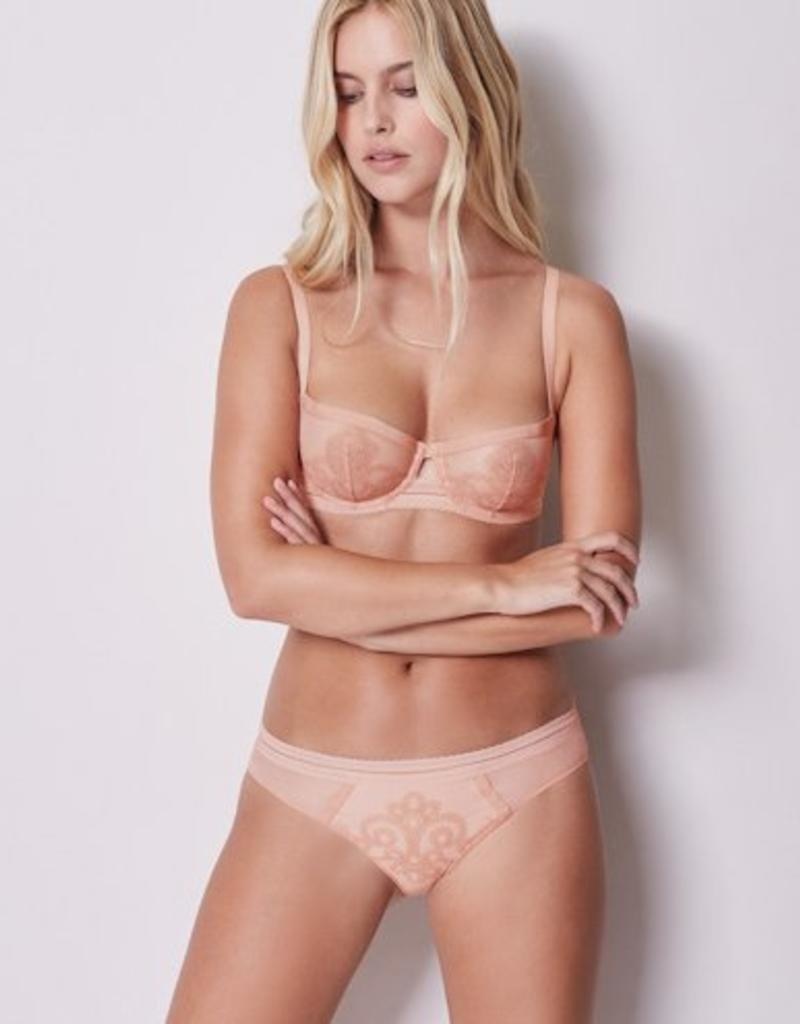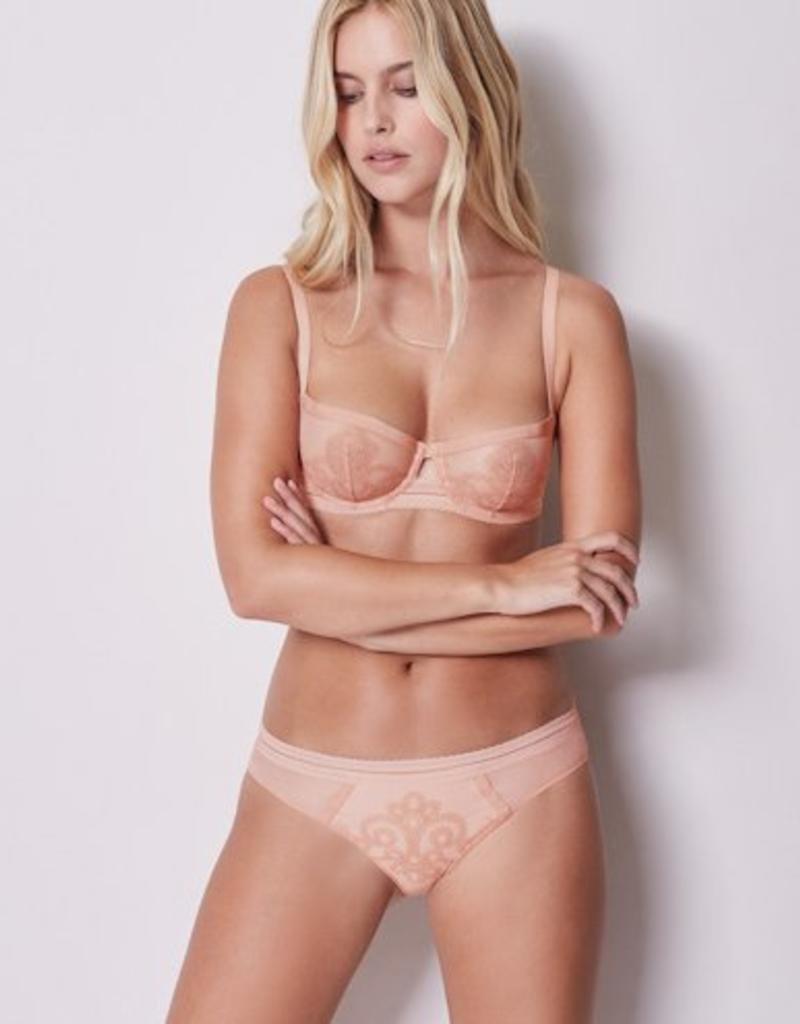Diversity and Inclusivity in the Lingerie World: A Changing of the Status Quo
- Posted on
- By Liz Yoo
- Posted in Lingerie World, Lingerie, Diversity
- 0

Diversity and Inclusivity in the Lingerie World: A Changing of the Status Quo : Airbrushed beauty seems to be in decline in favor of real women with curves, cellulite, and imperfections.
Airbrushed beauty seems to be in decline in favor of real women with curves, cellulite, and imperfections.
Uncomfortable undergarments are out; underwear celebrating body-positivity is in. If cleavage ruled the 1990s, the push-up bra was its undisputed exponent.
However, women-lead brands and a new definition of sexiness is emerging: attainable by all and not the select few with perfect, tall, toned figures.
In 1994, the Wonderbra debuted— and Victoria’s Secret launched their famous annual catwalk fashion show a year later. Nowadays, their outdated standards of beauty leave much to be desired.
Recently, when asked why Victoria’s Secret does not include trans or plus-size models in its show, its chief marketing officer Ed Razek stated: “Because the show is a fantasy.” Decidedly, a heterosexual male fantasy. In contrast, at singer and businesswoman Rihanna’s first Savage x Fenty fashion show, models of all sizes, shapes, and ethnicities walked down the runway.
Two years ago, Edited, a London-based retail technology company that tracks the fashion industry, discovered that “sales of push-up bras have fallen by 50% compared to a year ago, while sales of bralette, or triangle bras, have rocketed by 120%.”
Not only are consumers changing their preferences, lingerie campaigns are also reflecting a shift. In 2016, the New Zealand label Lonely featured Girls’ creator/star Lena Dunham and Jemima Kirke in unretouched images. Another brand to look out for is Myla, relaunched this year by former CEO of Agent Provocateur Gary Hogarth. While using
French fabrics, its styles reflect the changing times: soft, stretch triangle bras and bralettes— a far cry from Agent Provocateur, which was known for its luxury push-up bras and over-sexualized ad campaigns.
The new message has been delivered: women’s comfort is tantamount and catering to men is secondary.


Comments
Be the first to comment...